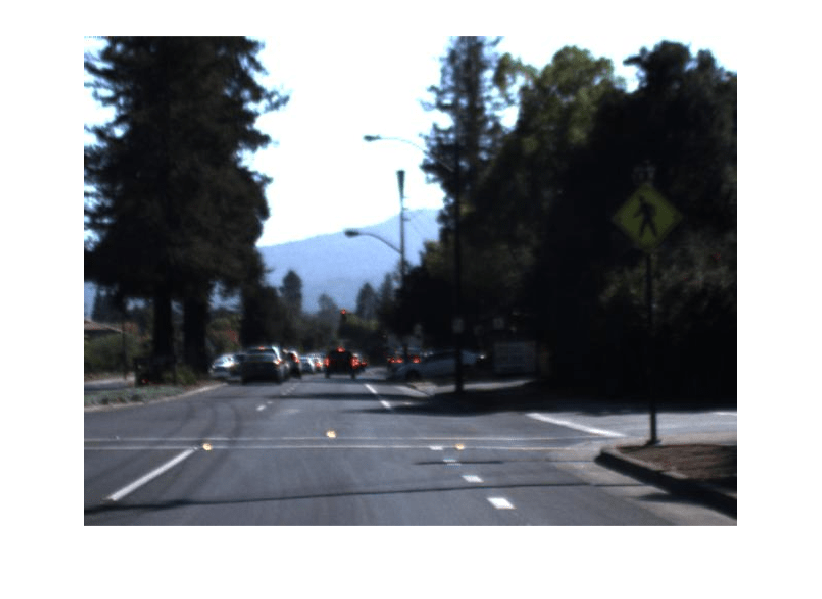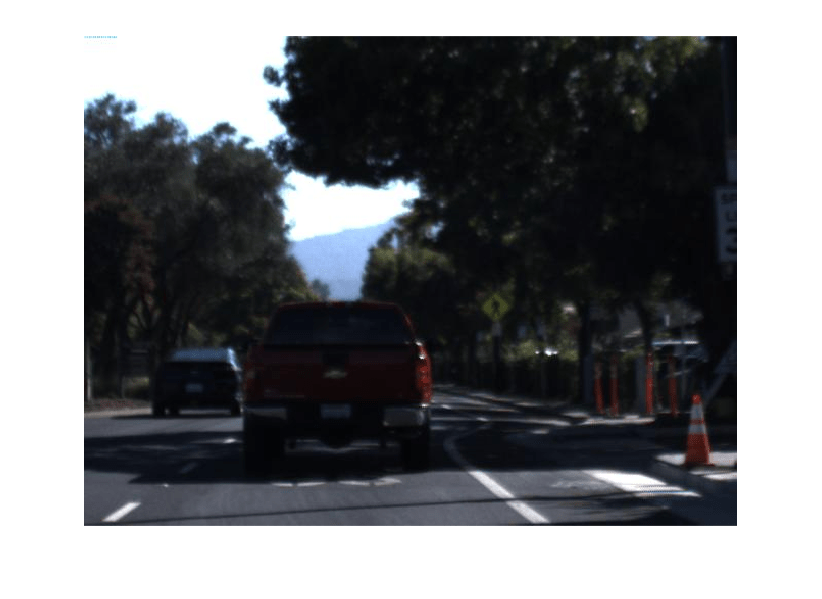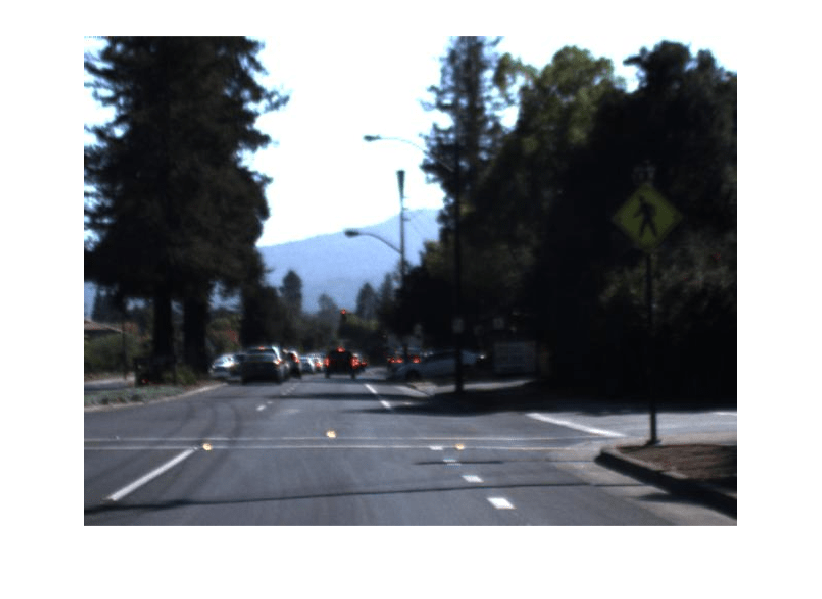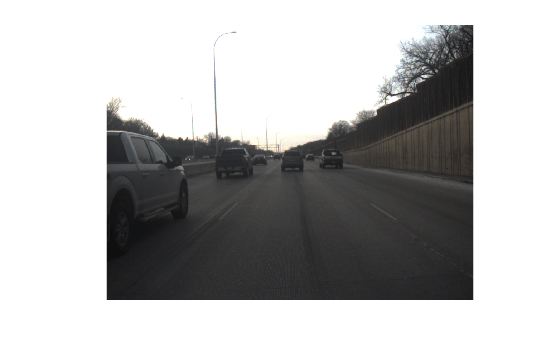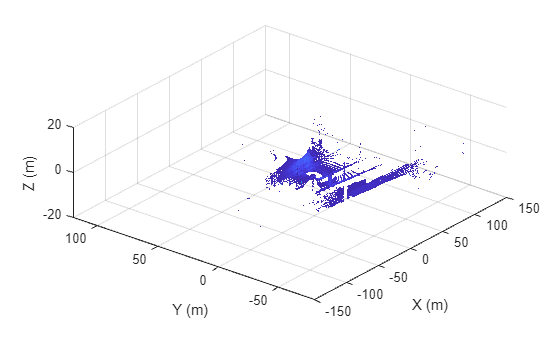CameraData
Description
The CameraData object stores a sequence of camera
data.
Creation
Syntax
Description
camData = scenariobuilder.CameraDataCameraData
object, camData.
camData = scenariobuilder.CameraData(timestamps,frames)CameraData
object, camData, with the Timestamps and
Frames properties set by the timestamps and
frames arguments, respectively. Additionally, this syntax sets the
SampleRate, SampleTime,
TimeDuration, and NumSamples
properties.
camData = scenariobuilder.CameraData(video)CameraData
object, camData, containing image data extracted from the specified
video video.
camData = scenariobuilder.CameraData(rosbag,topic)topic in the input rosbag file rosbag, and
creates a CameraData
object, camData. (since R2025b)
Note: To use a rosbag file or ROS 2 bag file, you must have a ROS Toolbox license.
camData = scenariobuilder.CameraData(___,Name=Value)Name="camera1" specifies the name of the camera sensor as
"camera1".
Note
This feature requires the Scenario Builder for Automated Driving Toolbox™ support package. You can install the Scenario Builder for Automated Driving Toolbox support package from the Add-On Explorer. For more information about installing add-ons, see Get and Manage Add-Ons.
Input Arguments
Name-Value Arguments
Properties
Object Functions
add | Add data to camera data object |
remove | Remove data from sensor data object |
read | Read data from sensor data object |
copy | Create copy of sensor data object |
crop | Crop data from sensor data object |
synchronize | Synchronize sensor data with reference sensor information |
play | Play video from camera data object |
datastore | Create datastore from sensor data object |
normalizeTimestamps | Normalize timestamps of sensor data object |
convertTimestamps | Convert timestamp format of sensor data object |
